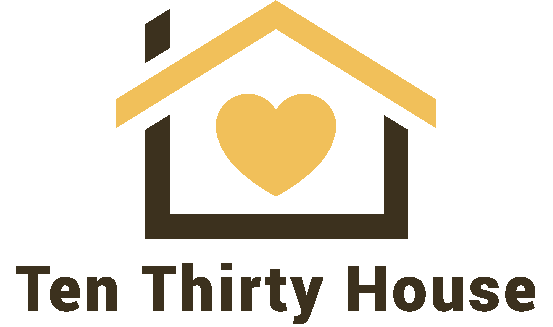The Need
Homelessness in Minnesota is an increasingly complex and difficult issue to address. Across the state, and in Anoka County specifically, there are many individuals’ families experiencing homelessness every night -- left without safe shelter and basic needs to survive. Nearly 50% of homeless families in MN include children.
According to the U.S. Department of Housing and Urban Development (HUD), Homelessness in Minnesota climbed 4.5 percent in 2017.
As one local measure of the community need, the Heading Home Anoka Housing Collaborative organizes and executes a one-night count of individuals and families experiencing homelessness, called the Point-in Time (PIT) count. This effort is organized Nationally by the Housing and Urban Development (HUD) and is carried out across the nation on one day in January each year.
On January 26, 2017, volunteers across the state of Minnesota identified 7,668 individuals who were homeless, 3,769, or 49%, of which were families with children.
On the same night, volunteers in Anoka County identified 142 people who were homeless, 74 individuals, or 52%, of which were families with children.
45 individuals, were homeless and staying outside
97 individuals were homeless, and staying in shelters or other transitional housing
217 individuals were also identified as “couch-hopping.”
67 children, under age 18 were homeless, and staying in shelters, transitional housing or couch-hopping.
https://www.anokacounty.us/2931/2017-Homeless-Data
Top reasons Minnesotans are homeless:
Not enough affordable housing. Adults most often report leaving their last housing due to inability to afford rent or mortgage (36%), and 22% report there is no housing available that they can afford. 41% of homeless adults are on a waiting list for subsidized housing, and another 14% can’t get on a wait list because it is closed.
Lack of employment. 30% of homeless adults report losing a job or having their hours cut as a reason for losing housing, and 38 percent of homeless adults report a lack of job or income as a main barrier to obtaining housing. Almost two-thirds of homeless adults are unemployed. The median length of time people have been unemployed is 23 months, which is unchanged since 2012.
Obstacles to maintaining housing: Chronic health conditions. More than half (60%) of homeless adults report a significant mental illness and 51% have a chronic health condition. Such illnesses represent significant barriers to obtaining and retaining safe and stable housing.
Obstacles to maintaining housing: Abuse and violence. 35% of homeless women are homeless as a result of domestic abuse. This is higher than reported in all previous Wilder studies since 1991.
Ripple effects caused by discrimination in housing and other systemic inequities. There continue to be glaring and persistent racial disparities in the populations of Minnesotans experiencing homelessness. Racial disparities occur among all age groups, genders, and geographic locations.
Read the full report: Homelessness in Minnesota: Findings from the 2015 Minnesota Homeless Study (PDF) (next issue will be released in 2019)
Ten Thirty House exists to help address this problem and empower families experiencing homelessness to move towards independent living by providing safe housing and transformational programming.

